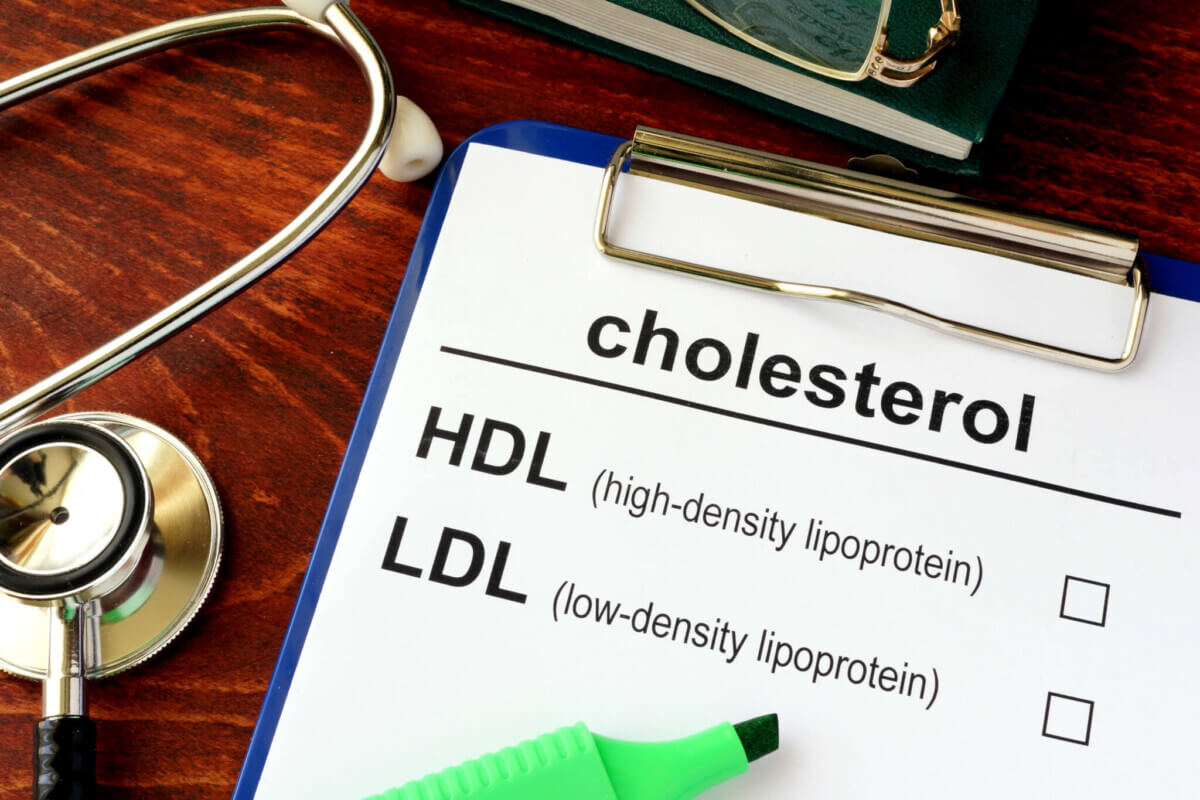
(© designer491 - stock.adobe.com)
CHICAGO — The overall cholesterol levels of American children and youth have improved between 1999 and 2016, yet only half of U.S. children and adolescents are in the ideal range, according to research by cardiologists at the Children's Hospital of Chicago.
The study, led by Dr. Amanda Marma Perak, also found that 25% of children are in the clinically high range. It's the first study to report an estimated prevalence of high cholesterol in youth in recent years. Researchers reached their conclusion after analyzing nationally representative data from over 26,000 children and adolescents between the ages of six and 19.
“High cholesterol in childhood is one of the key risk factors for developing heart disease later in life,” says Dr. Marma Perak, also an assistant professor of pediatric cardiology and preventive medicine at Northwestern University, in a statement. “Although we see favorable trends in all measures of cholesterol in children and adolescents over the years, we still need to work harder to ensure that many more kids have healthy cholesterol levels. We know that high cholesterol is the critical initiator of atherosclerotic plaques in the arteries, and even in childhood it is associated with these changes in the blood vessels that can lead to heart attack in adulthood.”
Children and adolescents' ideal total cholesterol should be no greater than 170 mg/dL. LDL, or “bad” cholesterol, levels should be less than 110 mg/dL, and HDL, or “good” cholesterol should be greater than 45 mg/dL. These cholesterol levels have been proven to be associated with better health in the long term.
Doctors recommend that all youth should have their cholesterol levels checked regularly between the ages of nine and 11, and again at 17 to 21 years old, according to the latest suggestions from the National Heart, Lung, and Blood Institute.
“If a child is found to have borderline-high or high levels of cholesterol, we can usually improve those levels through lifestyle changes, such as healthier diet and increased physical activity,” says Dr. Marma Perak. “Children are rarely placed on cholesterol-lowering medications like statins.”
The study is published in JAMA.










